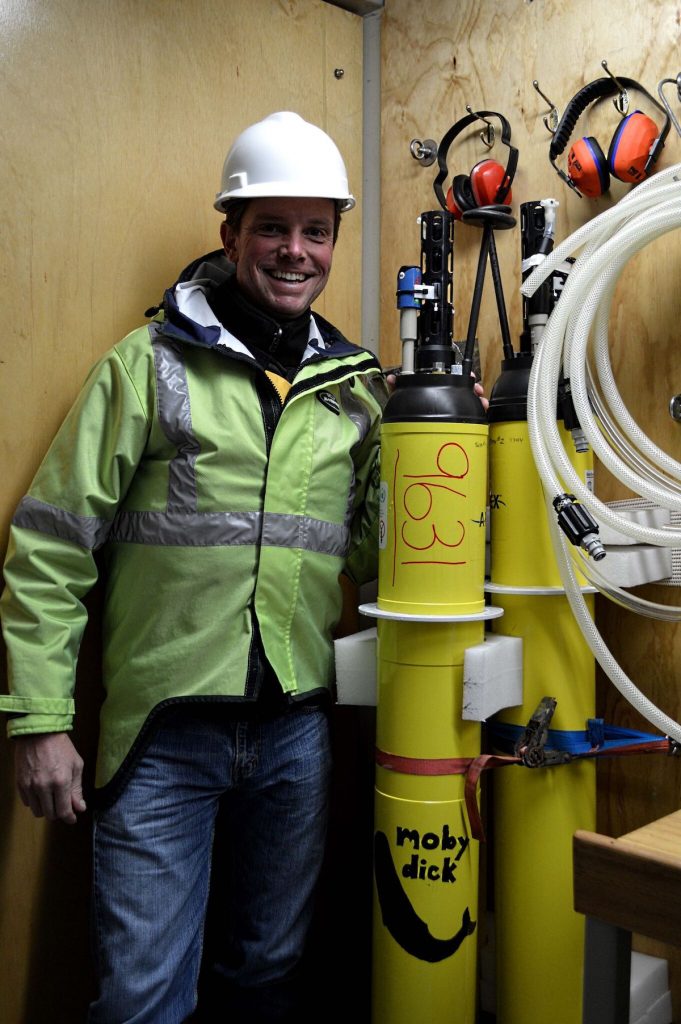by Peter Strutton
The 20th Argo Steering Team meeting (AST-20) was hosted by the Second Institute of Oceanography, State Oceanic Administration, in Hangzhou, China, the week of March 11-15. Argo is the international program to maintain at least 3000 profiling floats throughout the global ocean. Each float measures temperature and salinity from 2000m to the surface every 10 days, documenting the oceans’ uptake of heat and other important climate processes.
Perhaps the most exciting development in Argo science, since the beginning of the program 20 years ago, is a new push to become ‘global, full depth and multidisciplinary’. This means transforming the array into a global distribution of 2500 ‘core’ floats (T/S to 2000m), 1200 deep floats, capable of measuring to 6000m, and 1000 biogeochemical floats.
Prior to AST-20, a smaller meeting of biogeochemists, where I represented Australia, was held to discuss progress towards this goal of 1000 BGC-Argo floats.
BGC-Argo aspires to deploy floats that measure ocean pH, dissolved nitrate and oxygen, chlorophyll, suspended particles and incoming light, in addition to temperature and salinity. A global array of 1000 such floats would address questions regarding changes in ocean productivity, acidification and the exchange of CO2 between the ocean and atmosphere.
Argo floats can also make measurements where few are routinely obtained, such as high latitudes in winter, under ice, and remote regions like the south Pacific.
A global, full depth, multidisciplinary float array has the potential to transform our understanding of the ocean, in a way comparable to satellite observations over recent decades.

However, there are significant challenges, such as improving float endurance, maintaining sensor quality, data quality control and funding. All were discussed during the week.
Australia currently maintains 10% of the global core Argo array and aspires to maintain this level of support for the emerging array. Australia’s Integrated Marine Observing System has recently funded a BGC-Argo sub-facility and there are also Australian plans for significant deep float deployments in the next 5-10 years. The data from these programs are already being used by CLEX researchers, and will be for decades to come.
